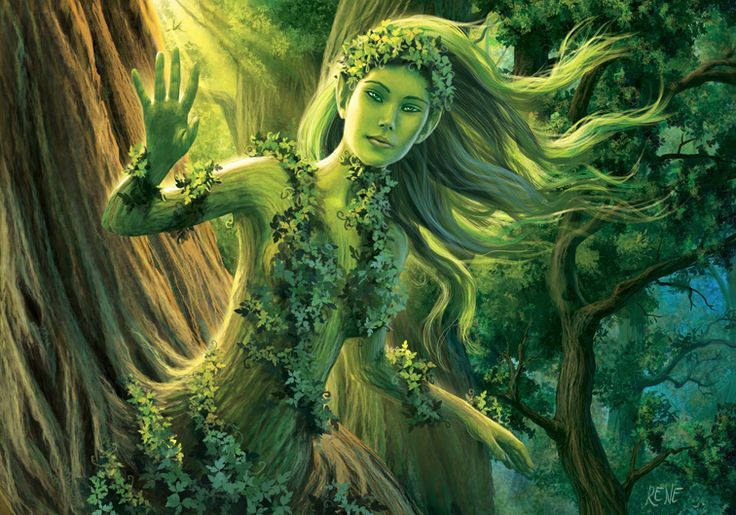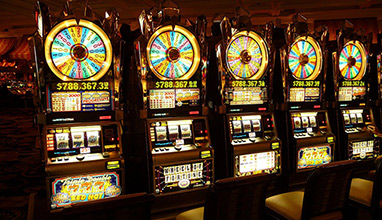Who are the Dryads
Trees have long been thought to house spirits that have some sort of connection to nature and the world around them. These spirits are often conjured up during ancient pagan rituals or transformed by modern folklore, making them appear as dryads. Therefore, in Greek mythology, a Dryad is a nymph who lives in an oak tree. But when it comes down to it, these creatures can be found anywhere and at any time.

A common misconception about the mythological Dryad is that they lack personalities – they are usually depicted as quiet figures that prefer solitude. However, at first glance, they actually resemble humans with tree bark-like covering all over their bodies. In fact, some Dryads were depicted as slender nymphs while others looked more like full-grown trees.
The Dryads of Greek mythology originated in Asia Minor and are usually associated with the woods and forests. But in other regions such as Italy and Sicily, they were often seen in olive trees.
What is a Dryad tree spirit?
Dryads are tree spirits that are closely related to the nymphs of Greek mythology. In fact, a tree and a nymph share the same meaning in Greek—so it may be safe to consider them as one. A Dryad is a creature that is believed to inhabit trees and forests. These spirits were originally thought to come from Asia Minor but were later known to appear anywhere trees grew.
What powers do Dryads have?
In Greek myths, Dryads share several powers with nymphs and have abilities that are often associated with the tree they live in. For example, if a Dryad is living in an oak tree, she would be able to create prophetic visions and dreams for anyone that slept beneath her branches. If she resided in a yew tree, she would be able to cure cases of rheumatism or arthritis.
What do Dryads symbolize?
In Greek mythology, Dryads symbolize the tree or forest in general. They were believed to be responsible and cared for all plants that thrive in trees, such as mushrooms, flowers and fruits. Since they were also gods of the woods, Dryads could also use their powers to do things like create windstorms and earthquakes.
What is the difference between a nymph and Dryad?
Although Nymphs and Dryads are often shown to have similar powers, they are actually very different from one another. As Dryads are commonly associated with oak trees, most people would assume that their powers are linked with the tree they live in.
Dryads were known to live in the woods and forests of Greek mythology, but they could also be found living in olive trees or any other type of forest.
What is the difference between a Dryad and an hamadryad?
Although Dryads and hamadryads may appear to be one in the same, they are very different creatures with different powers. Unlike a Dryad, a hamadryad is a tree spirit that takes on human-like form. This means she has arms and legs instead of roots and bark. She can also walk around in the forest like normal humans do.
Do Dryads have names?
Dryads don’t have conventional names like humans do. Instead, they are usually identified by the type of tree or forest they live in.
Do Dryads sleep?
Yes, Dryads sleep just like humans do. They typically live in the forest and make their home in trees, so they often have to travel from one tree to another for shelter.
What do people believe about Dryads?
Dryads are usually depicted as quiet creatures that prefer solitude. This means they tend to stay hidden from mortal eyes in order to avoid having humans disturb them or their forests.
Dryads are believed to have beneficial powers that are used to heal the sick. But some also believe that the Dryads could create mischief and cause difficulties for humans if they aren’t respected or revered as gods.
Dryads were often seen in Greek myths as nymphs that serve the nature goddess Artemis, who is depicted as being in charge of the wilderness. The goddess was known for hunting bears and deer with her bow and arrow, so she is often associated with animalistic features like a set of horns and a tail.
Hits: 8786 | Leave a comment

















